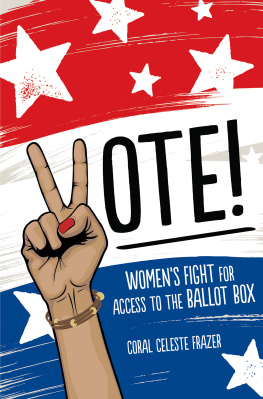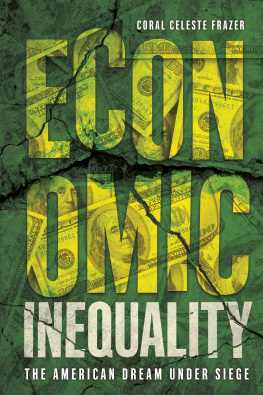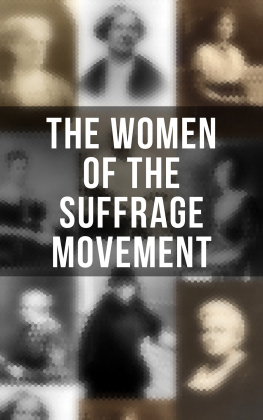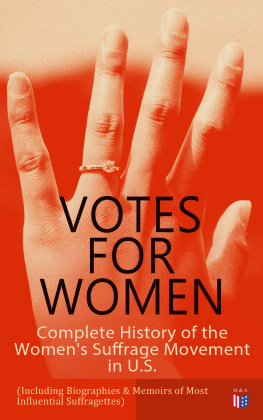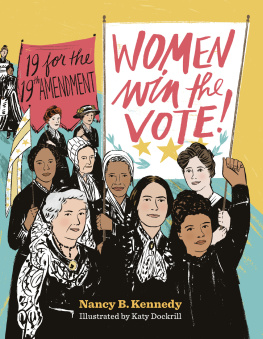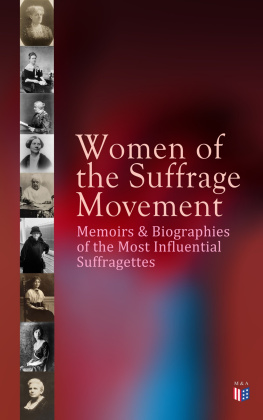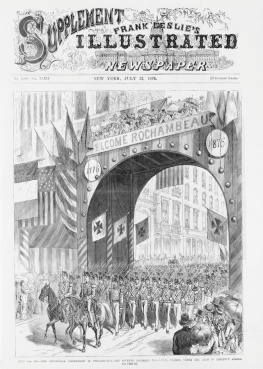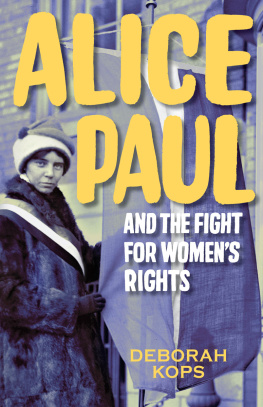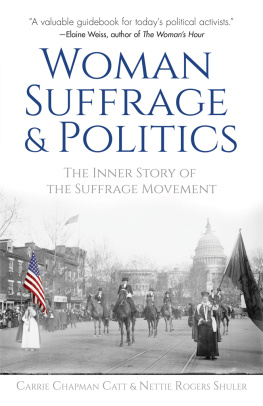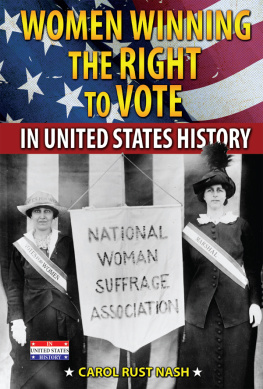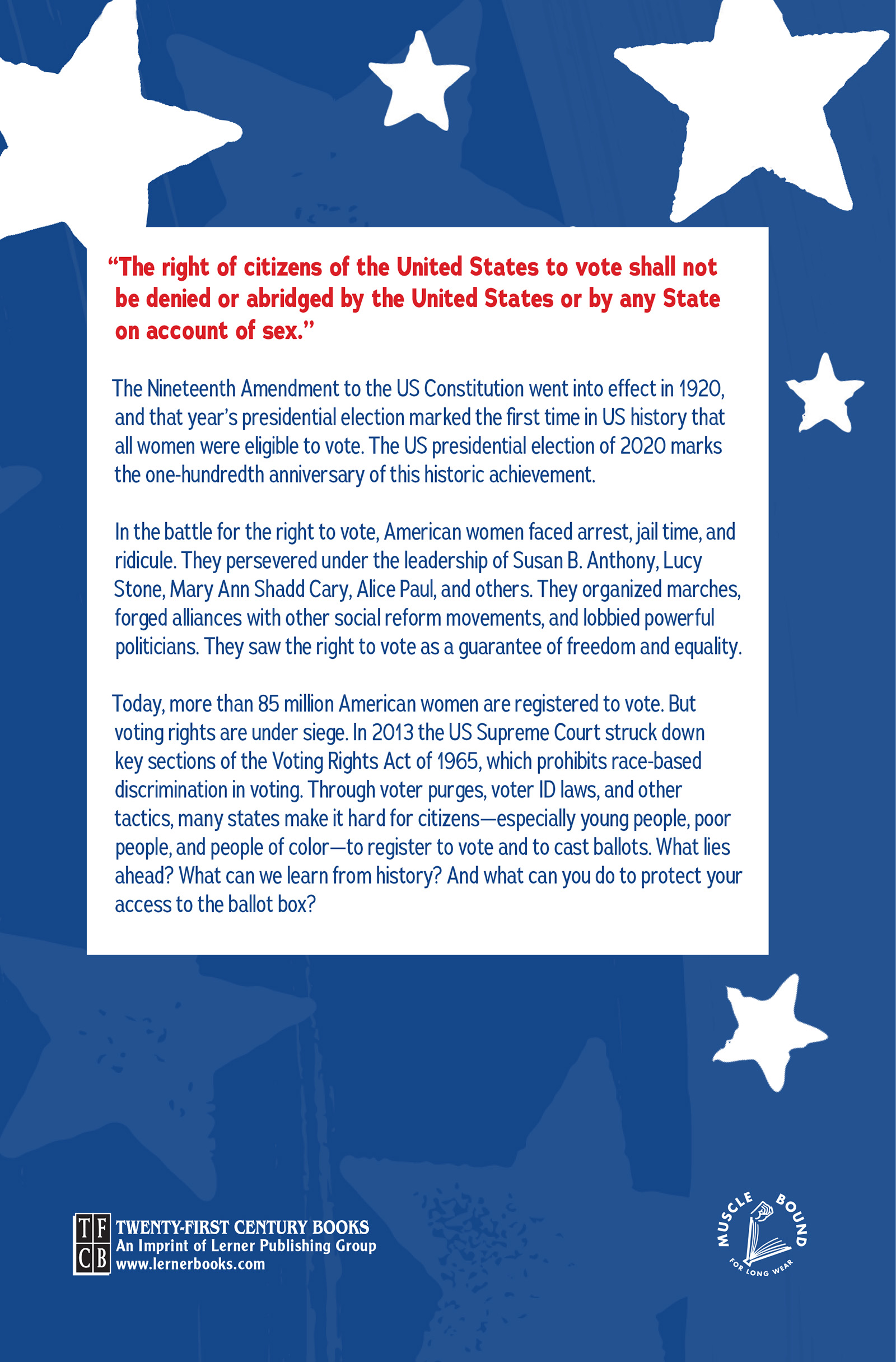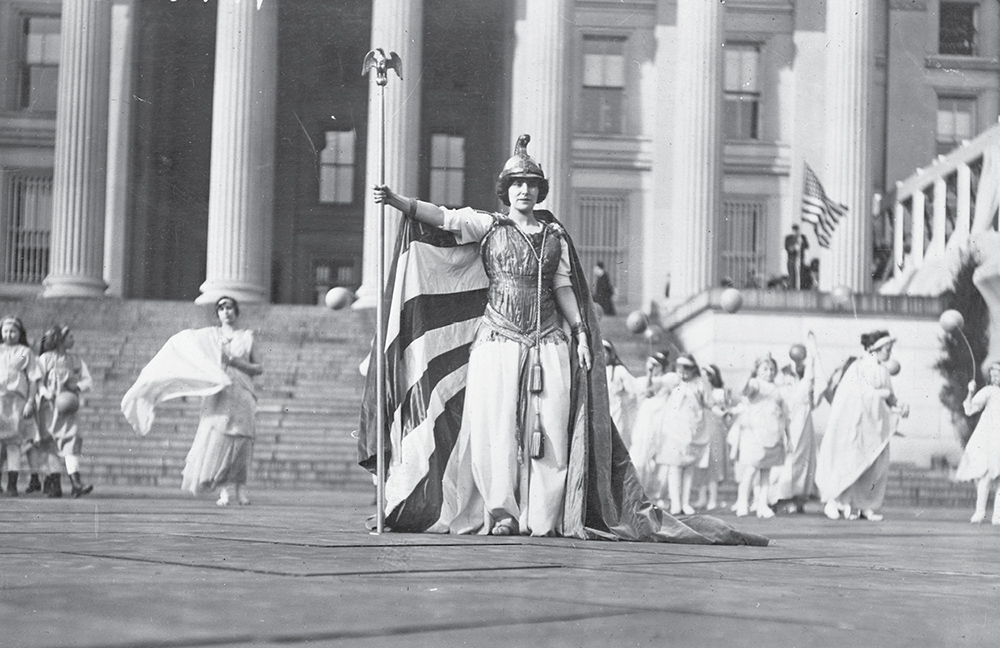Acknowledgments
Once again, I am indebted to Peg Goldstein for outstanding editing. She has worked her usual magic and made the text immeasurably clearer and more precise. My gratitude also to Domenica Di Piazza for ensuring that every word and image was up to a rigorous standard. The TFCB team always makes their books look outstanding. Thank you to Laura Westlund for the infographics and Giliane Mansfeldt for securing the photos and other images.
Victoria Chamberlin, Natasha Hutcheson, Helen Lindsay, and Margaret Meyer provided feedback on early chapters. Thanks for your insights and support. I love talking writing with you ladies.
Thanks are not enough for Michael Frazer, who read the whole manuscript and also provided meals, cups of tea, and endless repetitions of You can do it. I have faith in you as deadlines pressed near. Oren Frazer put up with countless suffrage anecdotes without complainingtoo much. Sometimes he even found them interesting. I love you both without bounds.
Copyright 2020 Lerner Publishing Group, Inc.
All rights reserved. International copyright secured. No part of this book may be reproduced, stored in a retrieval system, or transmitted in any form or by any meanselectronic, mechanical, photocopying, recording, or otherwisewithout the prior written permission of Lerner Publishing Group, Inc., except for the inclusion of brief quotations in an acknowledged review .
Twenty-First Century Books
An imprint of Lerner Publishing Group, Inc.
241 First Avenue North
Minneapolis, MN 55401 USA
For reading levels and more information, look up this title at www.lernerbooks.com .
Library of Congress Cataloging-in-Publication Data
Names: Frazer, Coral Celeste, author.
Title: Vote ! : womens fight for access to the ballot box / Coral Celeste Frazer.
Description: Minneapolis, Minnesot a : Twenty-First Century Books, [2019 ] | Includes bibliographical references and index . |
Identifiers: LCCN 2018038960 (print ) | LCCN 2018040907 (ebook ) | ISBN 781541562653 (eb pdf ) | ISBN 781541528154 (library bindin g : alk. paper)
Subjects: LCSH: WomenSuffrageUnited StatesHistoryJuvenile literature.
Classification: LCC JK1898 (ebook ) | LCC JK1898 .F73 2019 (print ) | DDC 324.6/230973dc23
LC record available at https://lccn.loc.gov/2018038960
Manufactured in the United States of America
1-44694-35530-1/24/2019
Contents
Stay at Home
Generals of the Womens Movement
Dashed Hopes and Broken Bonds
Uneasy Allies
Votes for Western Women
New Generals, New Tactics
War on Two Fronts
Unfinished Business
The Fight Goes On
Stay at Home
O n a sunny spring day in March 1913, more than five thousand women lined up to march down Pennsylvania Avenue, a famed street in Washington, DC, that connects the White House and the US Capitol. Dressed in matching capes and caps, color-coded by profession or by state, the women were ready to show the nation that they wanted the right to vote. Some rode in cars while most walked. Their ranks included nine marching bands, three trumpeters, two thousand yellow banners, twenty-four historically themed floats, six golden chariots, and four groups on horseback.
Costumed dancers, including a performer dressed as Columbia (a symbol of the United States), present a dance in front of the US Treasury Building. The dancers participated in this 1913 parade in the nations capital to promote womens suffrage.
As the parade set off, one hundred dancers in filmy white dresses began a ballet on the marble steps of the Treasury Building, where the parade would end. The climax of their performance was set to coincide with the arrival of the first marchers. So forty-five minutes after the parade began, women in costumes representing the qualities of liberty, justice, charity, hope, and peace swept down the marble steps and joined a woman dressed as Columbiaa goddesslike figure representing the United States. Together, the performers waited to greet the marchers.
But the marchers did not arrive as expected. Though their waiting supporters did not know it, they were fighting their way through masses of unruly spectators, who had slipped past police barriers to block their route.
Every step forward was a battle. Even when women in the parade drove cars slowly to part the crowd, loud, aggressive, male protesters poured in to fill the gaps. Many of the men were drunk. They hurled abuse at the marching women. Women were spit upon, slapped in the face, tripped up, pelted with burning cigar stubs, and insulted by jeers and obscene language too vile to print or repeat, according to an account in the newspaper Womans Journal. Even worse, the police did nothing to control the mob. To the marchers fury, police officers stood by and laughed. One told the women, There would be nothing like this if you would stay at home.
The police officers wish that women would just stay at home reflected the attitude of large numbers of American men of the era. By 1913 American women had been fighting for the right to vote for more than sixty-five years. And for longer than that, women had heard men say that they should just stay homethat they should not be involved in politics, that they should not vote or run for political office or work outside the home or make claims to equality with men.
But change was afoot. Washington has been disgraced, proclaimed the Womans Journal after the attack on the marchers. Many other Americansincluding many menagreed. The attack horrified the public, won sympathy for the marchers, and convinced many that it was time for women to have equal access to the ballot box.
The Husband and the Wife Are One
When the United States was a young country, in the early nineteenth century, its female citizensespecially married womenhad few legal rights. When an American woman married, the law no longer considered her a separate person. In the United States, laws that controlled womens lives were based on the writings of British legal scholar William Blackstone. He said, The husband and the wife are one, and that one is the husband. So a womans rights, property, and legal responsibilities went to her husband as soon as she married. Literally, everything she owned, including land, money, and even her own clothes and possessions, belonged to her husband. If she worked outside the home, her wages belonged to her husband as well.
In this era, American women could not enter into contracts, sue or be sued, serve on juries, or vote. Mothers had no legal custody of their children. The father had sole responsibility for making decisions about their welfare. He could apprentice them to a master to learn a trade or appoint someone other than the mother to be the childrens guardian if he died. Women were not allowed to divorce their husbands, except in the most abusive situations. If a couple did divorce, the husband always kept the children. Married women did not even have the right to control their own bodies. They could not legally refuse to have sex with their husbands, and in this era before effective and legal contraception, they had no ability to control when they became pregnant.
Nineteenth-century children were typically taught at home, by parents or tutors, or in small local schools. Boys and girls went to primary school at roughly the same rates. But higher education was exclusively for men. No American colleges or universities admitted women until Oberlin College in Ohio became the first to do so in 1837.

